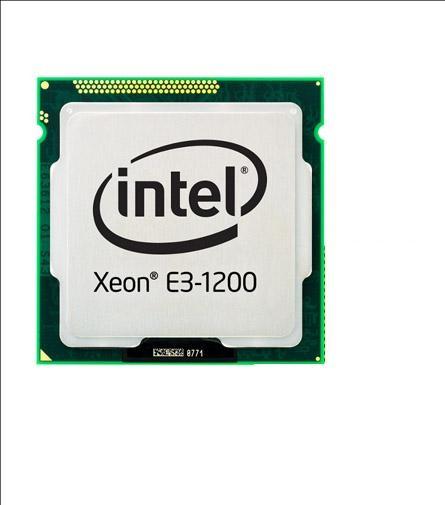Performance isolation is a keystone for SLO guarantees with shared resources in cloud and datacenter environments. To meet SLO requirements, the state of the art relies on hardware QoS support (e.g., Intel RDT) to allocate shared resources such as last-level caches and memory bandwidth for co-located latency-critical applications. As a result, the number of latency-critical applications that can be deployed on a physical machine is bounded by the hardware allocation capability. Unfortunately, such hardware capability is very limited. For example, Intel Xeon E5 v3 processors support at most four partitions for last-level caches, i.e., at most four applications can have dedicated resource allocation. This paper discusses the feasibility and unexplored challenges of providing SLO guarantees beyond the limits of hardware capability. We present CoCo to show the feasibility and the benefits. CoCo schedules applications to time-share interference-free partitions as a transparent software layer. Our evaluation shows that CoCo outperforms non-partitioned and round-robin approaches by up to 9x and 1.2x.
翻译:性能隔离是利用云层和数据中心共享资源提供SLO保障的基石。 为了满足 SLO的要求, 最新技术依靠硬件QOS支持( 如 Intel RDT)来分配共享资源, 如用于同一地点的悬浮临界应用程序的最后级缓存和记忆带带, 因此, 可在物理机器上部署的悬浮关键应用程序数量受硬件配置能力的约束。 不幸的是, 这种硬件能力非常有限。 例如, Intel Xeon E5 v3 处理器在最多四个分区对最后一级缓存的支持, 即最多四个应用程序可以专门分配资源。 本文讨论了在硬件能力限度以外提供SLO保证的可行性和未探索的挑战。 我们介绍CoCo, 以展示可行性和效益。 COCo将时间共享干扰隔离应用程序排在透明的软件层中。 我们的评估显示, Coco 超越了9x 和 1.2x 。




